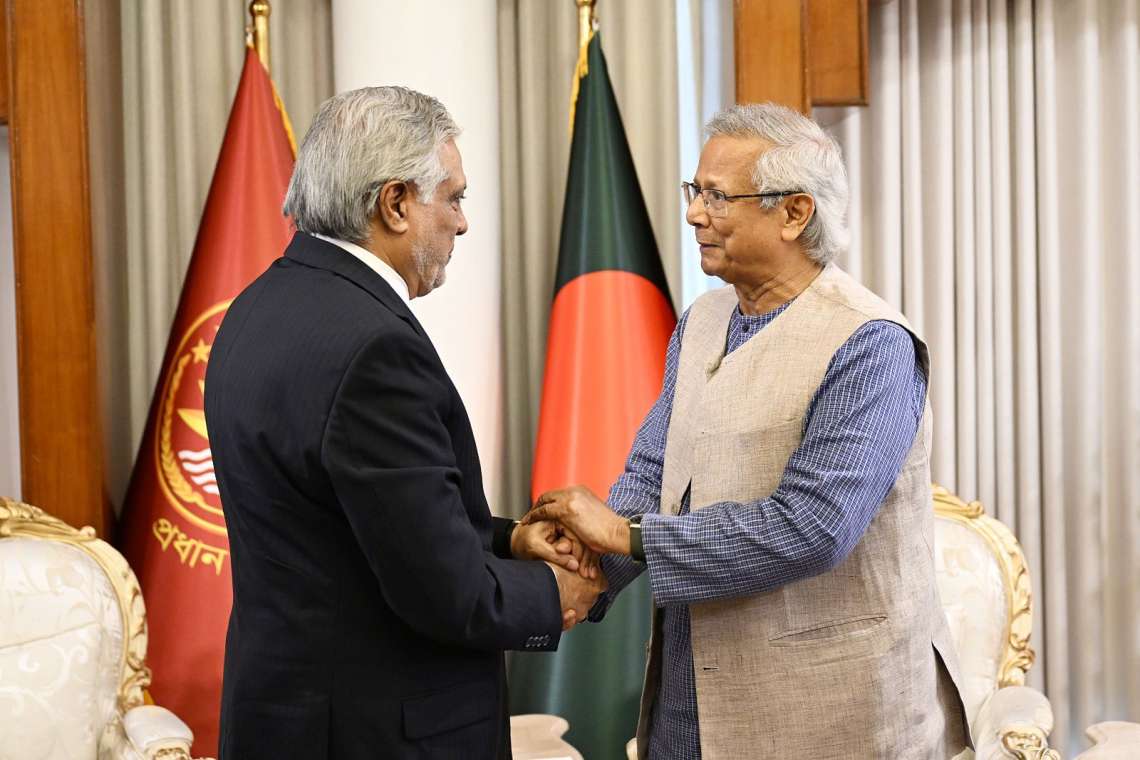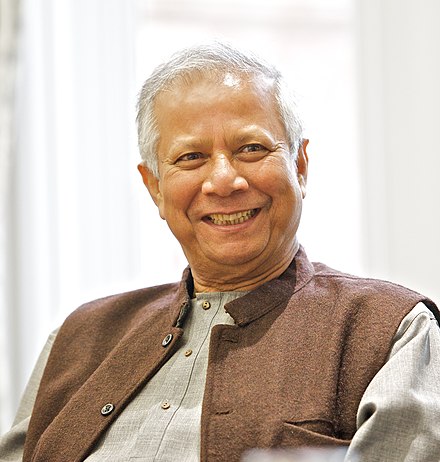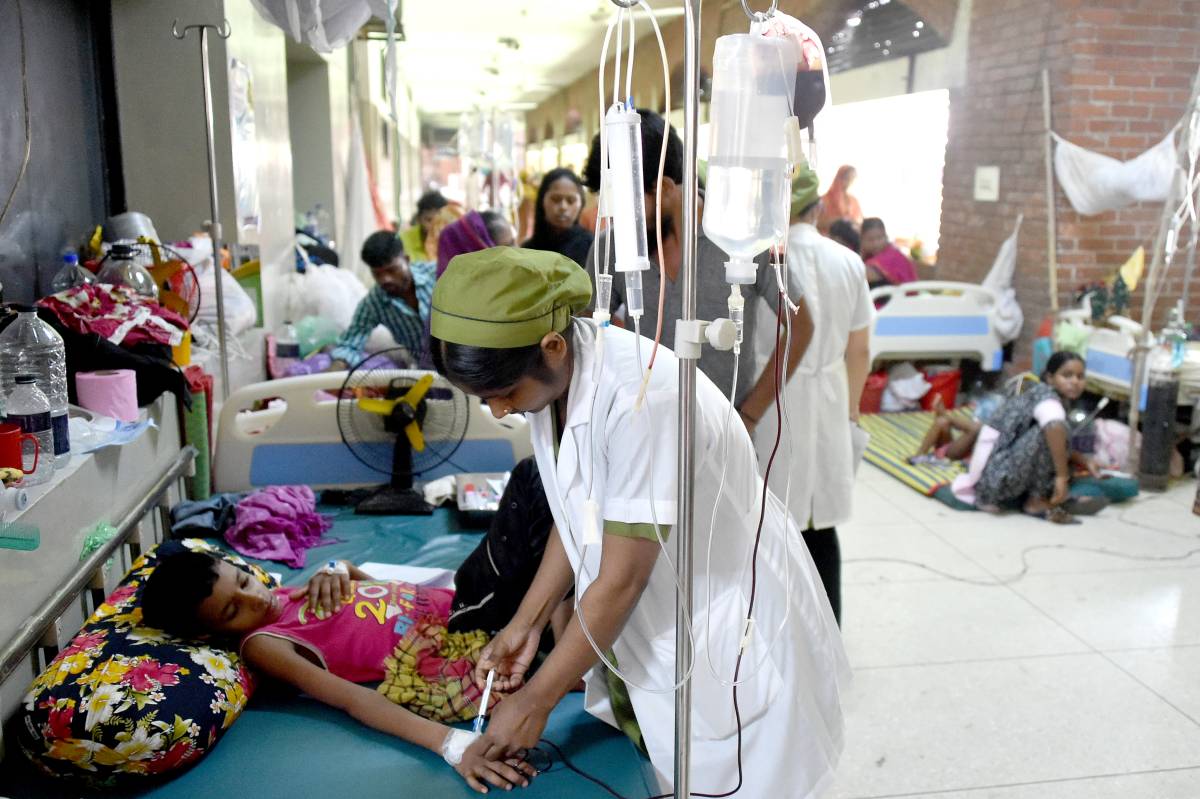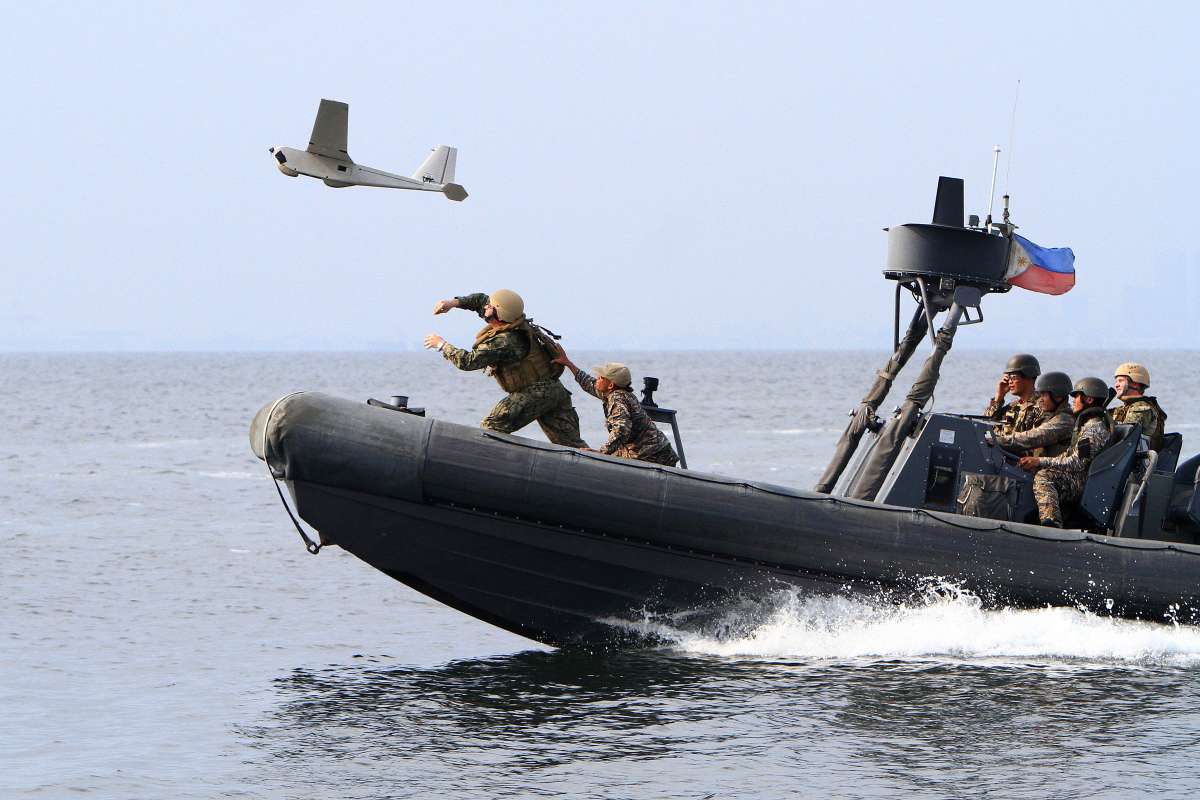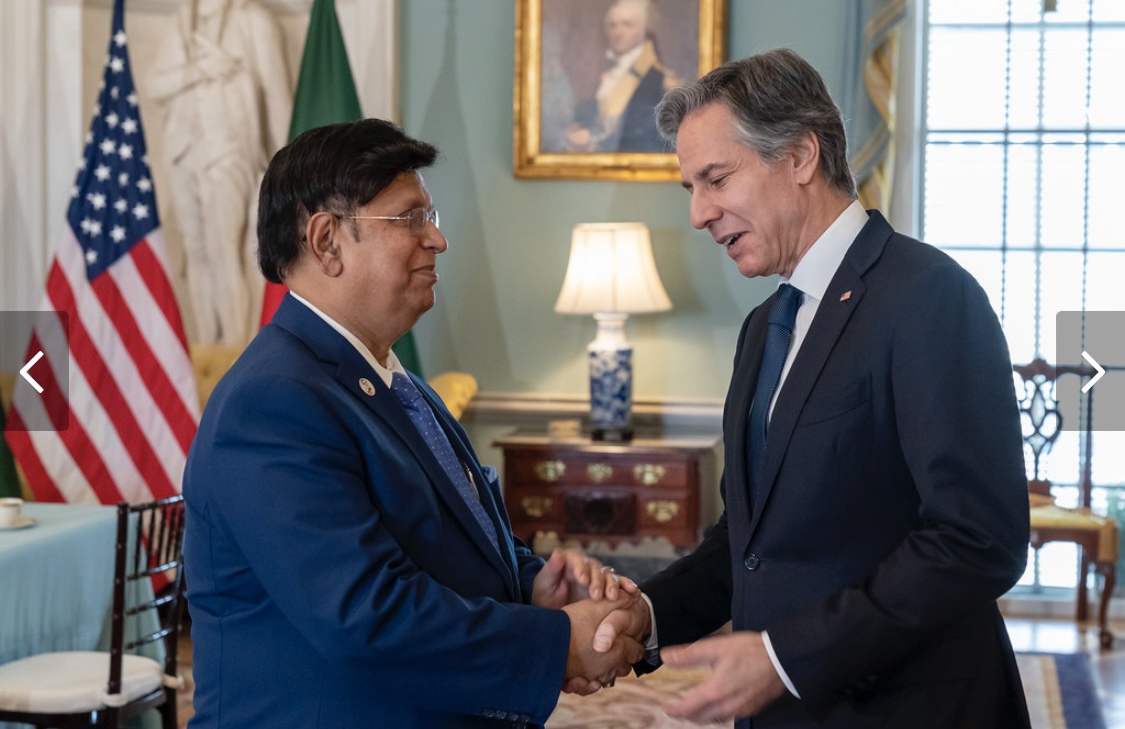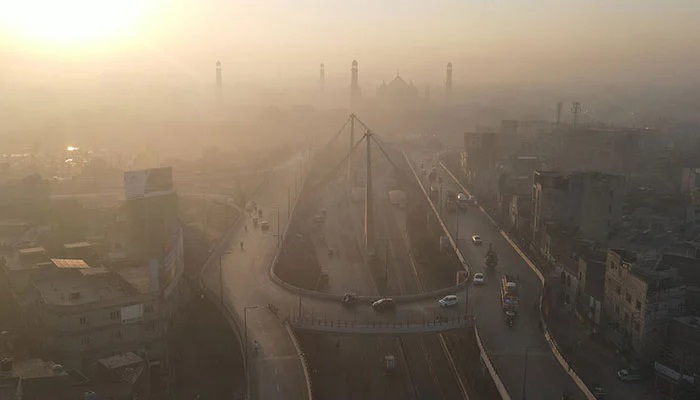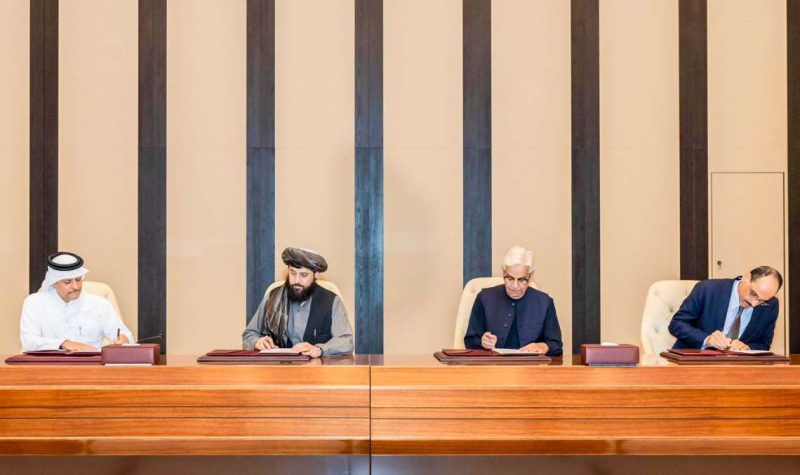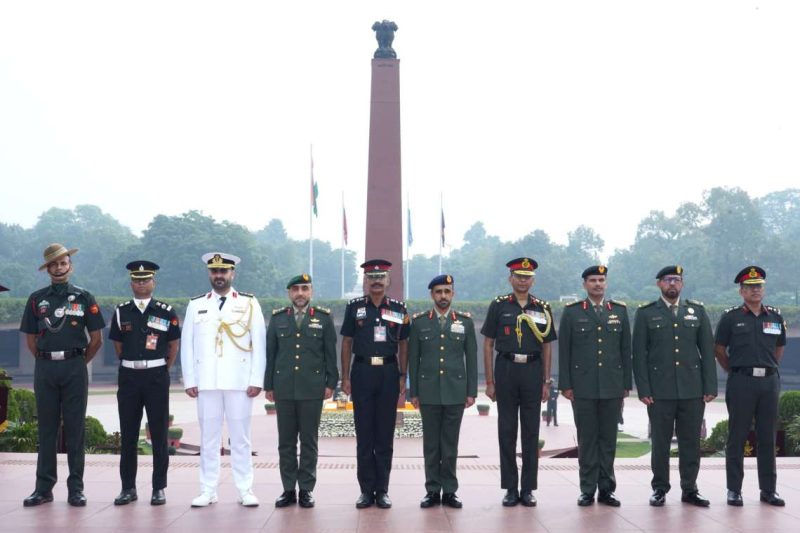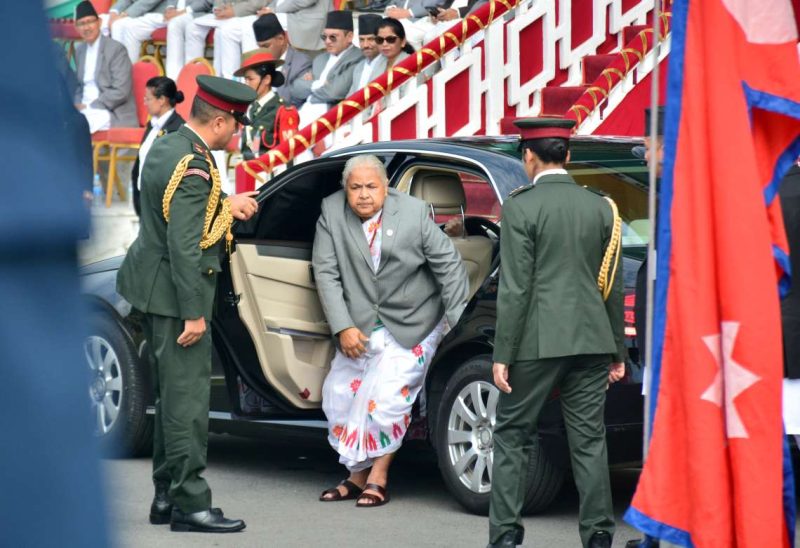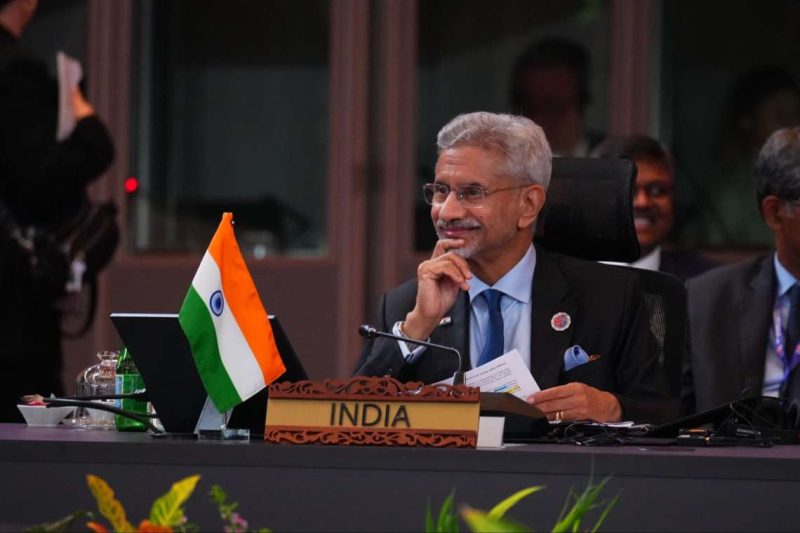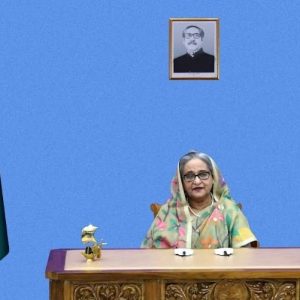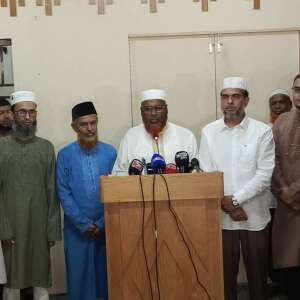Bilateral trade between India and Bangladesh has grown in the last five years…reports Mahua Venkatesh
As Bangladesh starts preparing to exit the least developed nations’ (LDC) list by 2026, graduating to a middle income country, it will look at deepening economic and trade relations with India with which it shares the fifth longest land border in the stretching beyond 4,000 km.
Bilateral trade between India and Bangladesh has grown in the last five years. It is now touching almost $2 billion. However the widening trade deficit between the two neighbours, which is skewed in India’s favour will have to be addressed, Syed Badrul Ahsan, prominent Bangladeshi journalist and author said while replying to a question by India Narrative.
Speaking at a round table – Reflections on India-Bangladesh Relations, organised by the Indian Council of World Affairs, Ahsan said that there is much enthusiasm in the South Asian nation as it graduates to a middle income nation but challenges will also rise.
“The trade deficit between India and Bangladesh is huge, India can possibly look at addressing this issue and increase imports certain items from us even though those items may be produced in India,” Ahsan said, adding that Dhaka will also look up to India’s G20 presidency to enhance its voice on the global stage in taking up issues related to terrorism and treatment of the Rohingyas.
An LDC country gets preferential treatment in relation to trade, development financing, debt relief among other things. Once a country graduates out of the LDC list, these additional benefits are no longer provided.
Meanwhile, India and Bangladesh have already undertaken a joint feasibility study on the proposed Comprehensive Economic Partnership Agreement (CEPA). The study indicated that CEPA would provide a sound basis for substantial enhancement of trade and commercial partnerships between the two countries. As a result, both countries have agreed to start negotiations on the free trade agreement at the earliest, India Briefing said. CEPA also has the potential to create a new institutional framework and supply chain linkage thereby enhancing bilateral trade and investment.
Prime Minister Narendra Modi and his Bangladeshi counterpart Sheikh Hasina have also underlined the need to deepen economic ties, trade and connectivity between the two nations to deal with the rising geopolitical challenges. Modi has described Bangladesh as a “soho jatri” (co-passenger) in its journey.
(The content is being carried under an arrangement with indianarrative.com)



